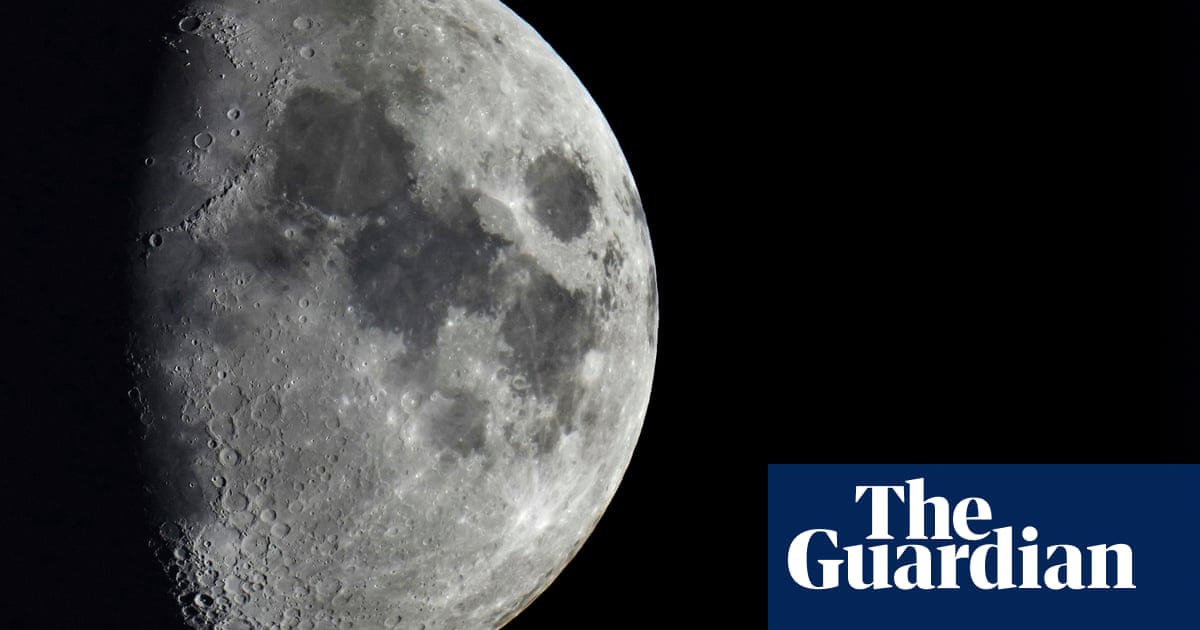
Vast amounts of water could be trapped deep within the crust of Mars, scientists have said, raising fresh questions about the possibility of life on the red planet.
Scientists say that more than 3bn years ago, Mars not only had lakes and rivers but oceans on its surface – however, as the planet lost its atmosphere these bodies disappeared. All that is visible today is permafrost ice at the planet’s poles.
While it is thought some of the water was lost to space, research has suggested that is not the full story, and that water could have been incorporated into minerals, buried as ice, or even exist in liquid form deep within the planet’s crust.
Now scientists say their calculations suggest vast quantities of liquid water are to be found trapped within rocks about 11.5-20km below the Martian surface.
“Our liquid water estimate is more than the water volumes proposed to have filled possible ancient Martian oceans,” said Dr Vashan Wright, a co-author of the study from Scripps Institution of Oceanography at the University of California San Diego.
Writing in the Proceedings of the National Academy of Sciences, Wright and colleagues report how they made calculations based on gravity data for Mars and measurements recorded by Nasa’s InSight lander. The latter reveal how the speed of seismic waves – created by Marsquakes and meteorite impacts – change with depth inside the crust of the red planet.
“A mid-crust whose rocks are cracked and filled with liquid water best explains both seismic and gravity data,” Wright said.
Wright added that if the measurements at the Insight lander location were representative of the whole planet, the amount of water trapped in the rock fractures would fill a 1-2km-deep ocean on Mars.
“On Earth, groundwater underground infiltrated from the surface, and we expect this process to have occurred on Mars,” he said. “The infiltration must have happened during a time when the upper crust was warmer than it is today.”
While the results do not rule out the possibility that water has also been lost to space or trapped in minerals, Wright said the work allowed scientists to re-assess the relative contributions of these different mechanisms to the loss of past Martian surface water.
The study also raises a tantalising possibility.
“The presence of water does not signify that there is life, but water is thought to be an important ingredient for life,” said Wright. “We know that life can exist in the deep subsurface of the Earth, where there is water. The mid-crust of Mars at least contains a key ingredient for habitability and life as we know it.”
Bethany Ehlmann, a professor of planetary science at the Keck Institute for Space Studies, who was not involved in the work, said it was now necessary to make a definitive measurement that shows whether or not there is deep liquid water on Mars – and, if so, exactly where it is.
“On Earth, where there is liquid water, there is life, so if liquid water aquifers are present on Mars now, they are a prime target in the search for life,” she added.
Dr Jon Wade of the University of Oxford said he would not be surprised by life on Mars. “Early in its history, Mars would be as conducive to simple life as Earth, if not more so,” he said.
Dr Steven Banham of Imperial College London added that identifying liquid water in the mid-crust would also help geophysicists and geologists understand the internal structure of Mars and how it behaves.
However, Banham raised doubts such water could provide a resource for crewed missions to Mars.
“Yes the amount of water down in the crust is potentially vast, but it will be difficult to access or utilise,” he said. “It might not make much difference to human exploration, at least initially.”












